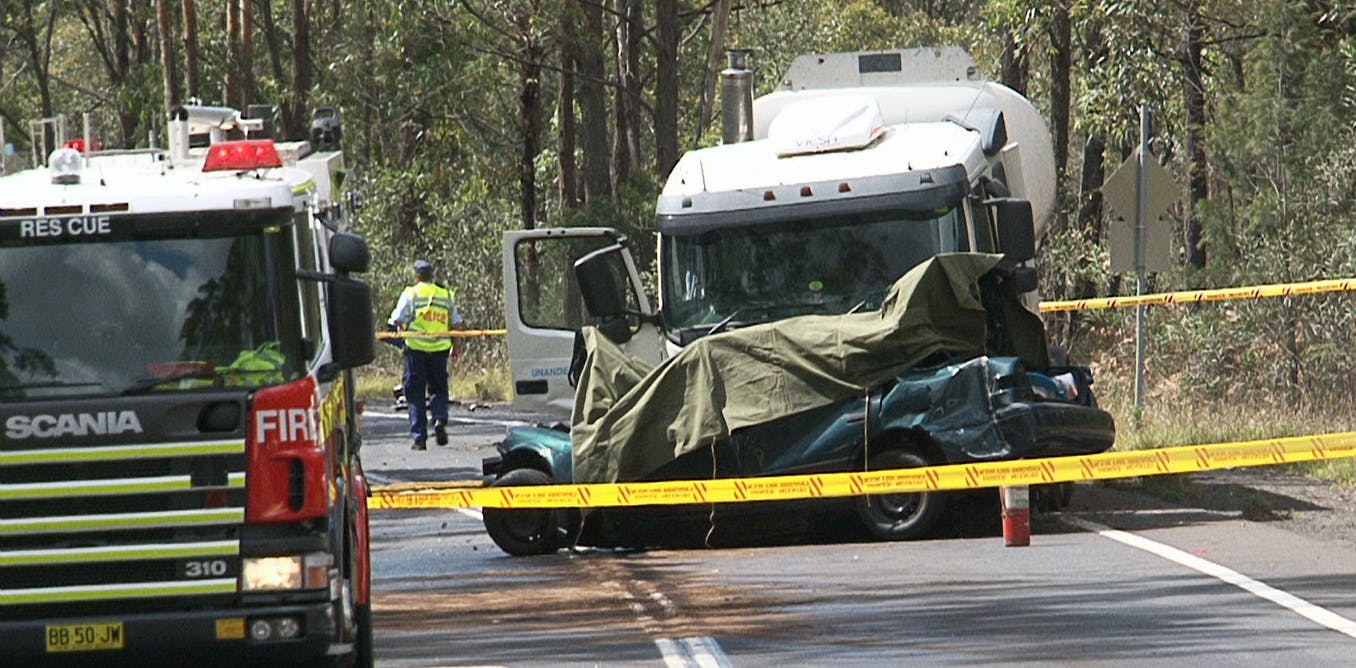Tragic accidents by design: finally, a finding of systemic blame

The damning report of the Royal Commission into the Home Insulation Program (HIP) was released on Monday. It cites multiple failures of ministers and public servants to foresee and prevent circumstances that would result in the tragic deaths of four young men. These deaths were avoidable; they were the result of system design that was both rushed and conflicted.
Commissioner Ian Hanger QC reported:
In my view, each death would, and should, not have occurred had the HIP been properly designed and implemented.
The design of the HIP was undoubtedly flawed. Its consequences were horrendous for killed and injured workers and their families, let alone businesses and employees who lost their livelihoods after the Rudd government scheme’s sudden withdrawal. However, that this has attracted the attention of a royal commission which has specifically noted the design of the scheme as a contributing factor to the deaths and ruination is notable.
Many everyday systems designed with good intent ultimately, inadvertently, produce deaths and injuries. This includes workplaces, health systems and hospitals, sports activities and road transport, to name just a few.
Recognising the risks of poor system design
Whatever the government’s alleged motivations for the instigation of the royal commission, its findings may set a precedent for finally acknowledging the contributing role of poor system design in producing economic or other circumstances that produce deaths and injuries. A government presently happy to point the finger at its predecessor’s ineptitude may need to take stock of the report’s potential implications.
For example, around 250 people are killed every year in crashes involving heavy vehicles. This makes truck driving one of the most dangerous occupations in Australia. The heavy vehicle freight system regularly, predictably and reliably produces avoidable deaths and misery on a grand scale.
So what’s going wrong?
Driver fatigue and sleepiness is considered to contribute up to 40% of trucking accidents. Rather than simply blaming individual drivers for falling asleep, there has been growing recognition that system design factors are significant in producing conditions that increase fatigue and crash risk.
The overwhelming message from studies of the freight system is that performance-based per-kilometre or per-trip “piece-rate” payments encourage drivers to keep driving at the expense of “non-productive” activities such as sleep and rest breaks, maintenance or safety checks.
Despite convincing evidence of the role of piece-rate payment in driver fatigue, the conflict between payments and safety is often challenged by industry groups. Transport unions have generally advocated additional system regulation to ensure safety standards are met or maintained.
Owner-drivers, trucking companies and industry bodies, however, have shown preference for more flexible, deregulated environments, which place responsibility for safety back on individual companies and drivers.
Another insulation scandal in the making?
Politically, such tension has also played out in the establishment, and recently proposed review, of the Road Safety Remuneration Tribunal. It is clear this is a decision that will affect the design and safety of the freight transport system.
Should heavy-vehicle crashes, deaths and injuries increase following the tribunal’s slated removal, might its effect on the design of the freight transport network draw the same attention as the HIP has received? Circling lawyers with a taste for percentages of compensation pay-outs may like to think so.
The Home Insulation Program as it was designed incentivised dangerous behaviour. Had the royal commission reached an alternative view – that responsibility for worker safety lay squarely at the feet of individuals and companies and that system design really had little to do with its ultimate deadly outcomes – it is unlikely either the government or the public would have considered this an acceptable finding.
That this same tendency to discount system design factors and blame individuals applies in many other realms of worker and public safety appears largely to escape us.
While the politics of blame and counter-blame emanating from the royal commission play out in the public gaze, barely reported injuries and deaths will continue to occur at the hands of other systems set up to produce them. Tomorrow, the next day and the day after that, multiple people will be killed and injured in transport accidents.
These numbers are regular, predictable and avoidable. As a society, however, we seem perfectly ready to accept them, almost as a cost of doing business.
It would be challenging for anyone to contend that our current transport system, one that produces such ongoing misery, has been “properly designed and implemented”. Now who is responsible for that?
Jason Thompson is a member of the Australasian College of Road Safety, Economics Society of Australia, Australasian Society for Health and Behavioural Medicine, and Rehabilitation Psychology Division of the American Psychological Association.







